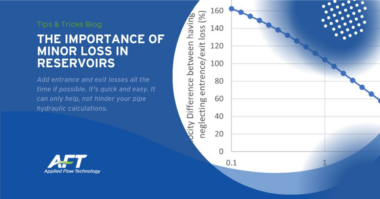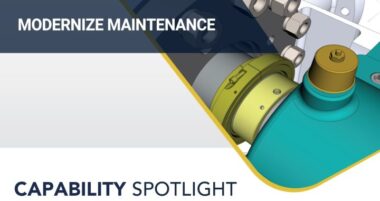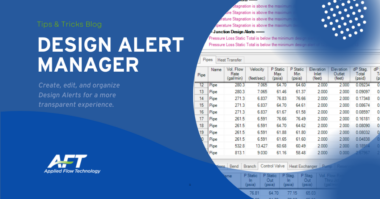Unlike pump manufacturers who produce the same product, the same SKUs, year after year, Engineer-to-Order pump manufacturers are constantly managing revisions to meet the custom, one-of-a-kind demands of customers.
More than a third of all pump and pump equipment manufacturers build a serviceable, custom pump in two to six weeks from the day a customer presents a pump concept. These companies all have great engineers and having built thousands of pumps over the past several decades.
Recognizing that there may not be an off-the-shelf solution available, custom built pumping units for marine, mining, oilfield, dewatering, and other services require special attention. Often pump sizing is needed to achieve the highest possible operating efficiency. Many OEM firms provide high quality, cost effective, custom pump solutions.
ETO ERP must be engineering-centric to keep up with constant changes
Pump manufacturers produce customized solutions specifically designed for streamlining workflow. The ETO manufacturing process means engineers are constantly making new and different components (as opposed to high quantity repetitive manufacturing). For pump engineers using SOLIDWORKS, integration is vital and even stronger if paired with SOLIDWORKS PDM. New assemblies with many shared components (yet never the same) are ideal when looking to streamline the engineering to production flow.
These pump industrial engineers are able to synchronize SOLIDWORKS and ERP data in real-time ensuring that production, purchasing, and engineering are continually aligned. Failure to synchronize a fully-integrated ERP solution will introduce human error.
Most custom pump manufacturers are operating on thin margins must create a competitive edge, reduce costs, and improve profit margins. In the ETO environment reducing duplications and eliminating errors can only happen by gaining control over manufacturing processes.
The ETO pump manufacturing process
The process starts with the complexity of the engineering-focused process. First, project design is finalized, approved by the customer, and is manufactured. Second, the customer requests an updated design, which requires an additional slide. Third, the engineering team must know and communicate to purchasing and manufacturing what parts are changed (to stop manufacturing the older version). The next steps include changing the design, getting it approved, and communicating with purchasing and manufacturing about what components were added, removed, and updated. Typically, this is a manual process prone to error.

Hours of duplicate data entry for engineers is a huge waste of time. Pump engineers using SOLIDWORKS alone are challenged to create and maintain ERP data. Only with effective integration can engineering teams prevent production disruptions due to revision discrepancies. Once a uniquely designed pump enters manufacturing, providing the correct version of the SOLIDWORKS CAD is extremely important. This critical synchronicity is especially important because engineers continue working on updated designs.
Quick identification of changes between revisions
Data integration allows engineers to drill into the bill of materials (BOMs) and item level discrepancies for each model. Automation for ETO pump makers ensures highly paid engineers with unique skillsets are more productive. Contemporary ETO ERP solutions reduce the routine work so that experienced engineers design better pumps and quote more business. Automating nonvalue-added functions guarantees increased productivity and profits for pump equipment manufacturers.
Author Profile:
 Andrew Schutte, General Manager at COUNTERPART ETO ERP, has been mechanically inclined from a young age. Growing up in his father’s machine shop he was provided a valuable hands-on education of machining, fabrication, and mechanical design throughout high school. He moved to designing automation assembly equipment and machine design supporting the automotive, office furniture, medical equipment, and consumer product industries. Follow on Twitter at @CounterpartErp.
Andrew Schutte, General Manager at COUNTERPART ETO ERP, has been mechanically inclined from a young age. Growing up in his father’s machine shop he was provided a valuable hands-on education of machining, fabrication, and mechanical design throughout high school. He moved to designing automation assembly equipment and machine design supporting the automotive, office furniture, medical equipment, and consumer product industries. Follow on Twitter at @CounterpartErp.





Comments